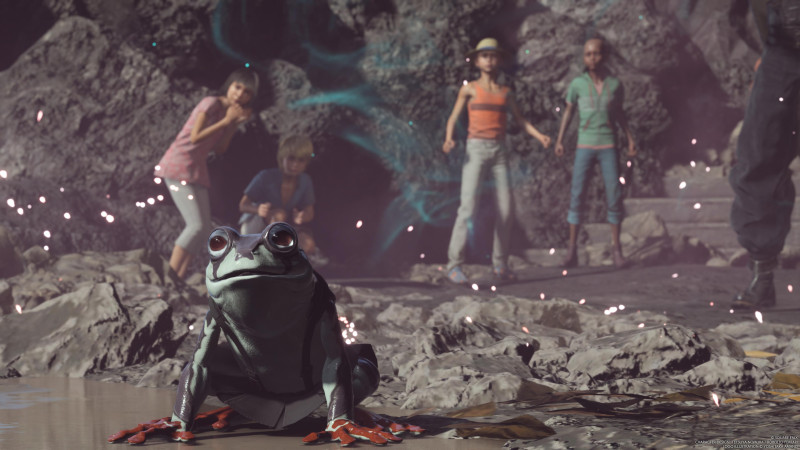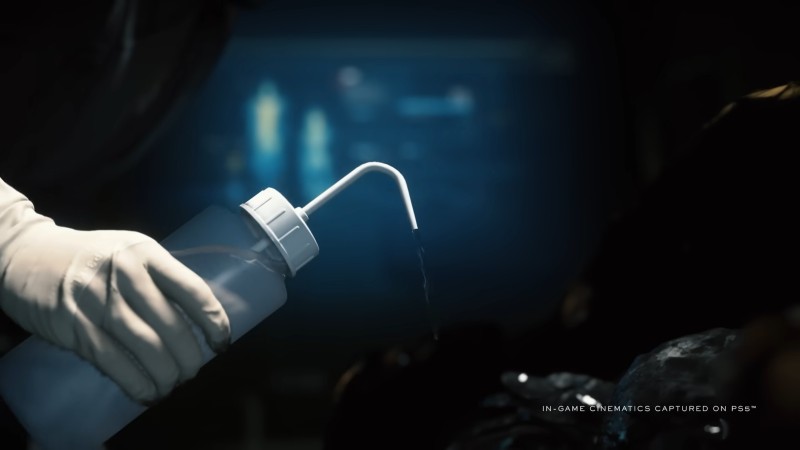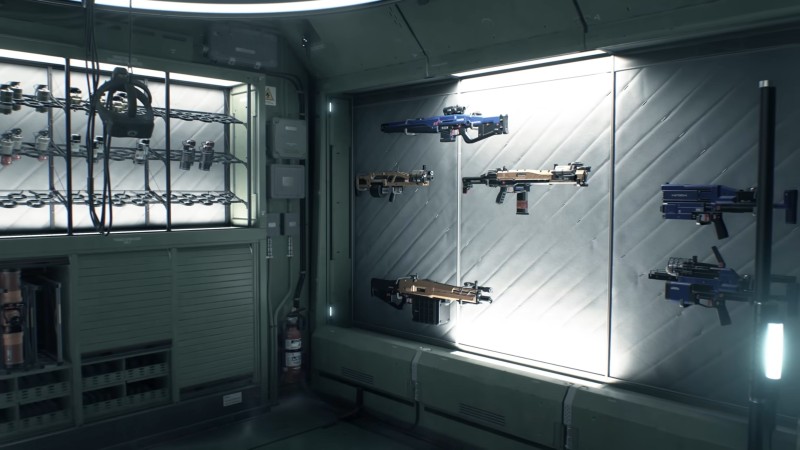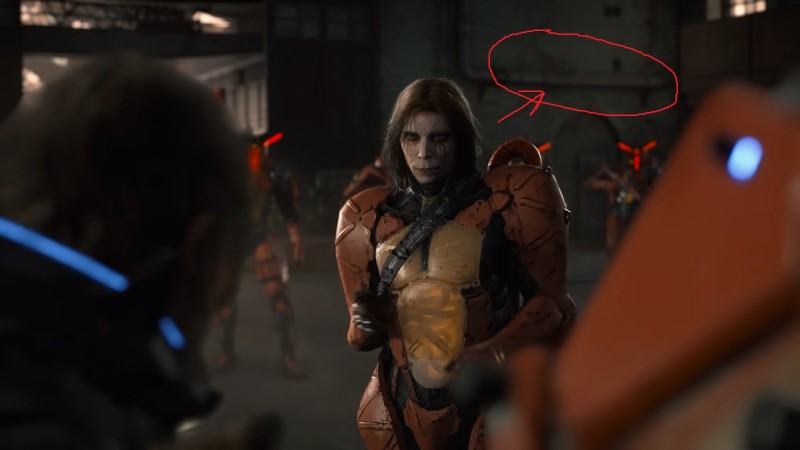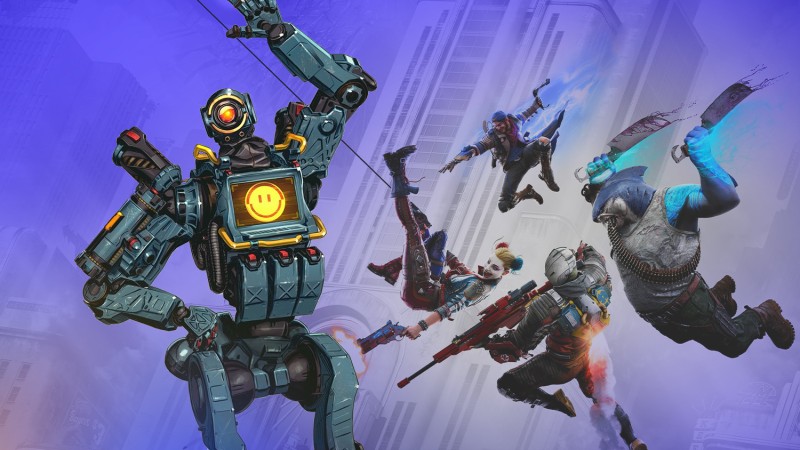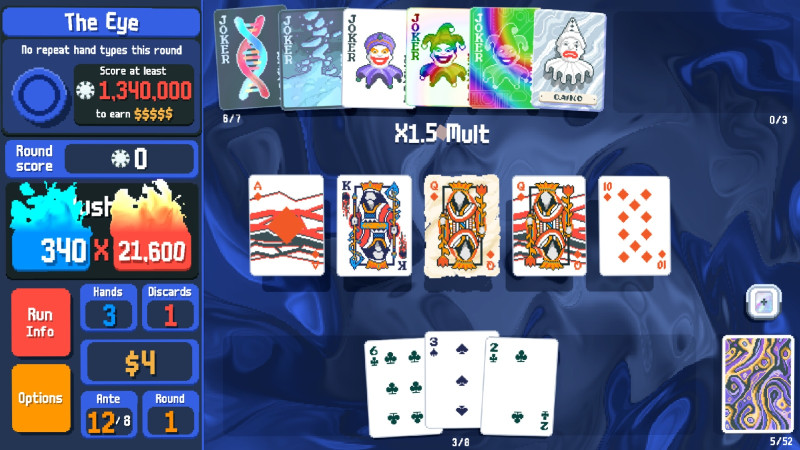
I’m not a poker player. I’ve never learned the game, and my limited knowledge of it largely stems from pop culture osmosis, such as James Bond films and referential quips from X-Men’s Gambit. I couldn’t tell you what makes a royal flush, but I know it’s good to have it. Despite its premise and appearance, Balatro technically isn’t poker. It is, however, the first title to make me understand and enjoy the core premise of the card game. It also happens to be one of the most engrossing games of the year.
Calling Balatro a poker game would be disingenuous. You don’t even play against other opponents. It’s actually a poker-inspired roguelike deckbuilder. Over a series of rounds, you’re tasked with playing the best hand possible to score a minimum number of chips to advance to the next round. You begin with a standard 52-card deck and only draw four hands (with limited discards) to fulfill this score criteria. The most prominent poker element is learning how to assemble various types of hands, such as a Flush, Straight, or Full House. Thankfully, a helpful glossary illustrating what each type of hand looks like and their score values is just a button click away. This simple and accessible reference has allowed me to memorize poker hands for the first time, expediting my enjoyment of Balatro.
[embedded content]
Three Blinds (basically rounds) make up an Ante, and you win a game by completing eight Antes. Lose a round, and you start from the first Ante. Balatro would be enjoyable if it simply consisted of this straightforward premise, but the magic comes in how it incorporates the roguelike genre’s satisfying power climb. You earn cash based on your performance each round, which in turn is used to purchase a variety of cards from booster packs with wacky abilities to augment your deck. Equipping up to five Joker cards, of which over 100 types exist, bestows passive effects or trigger abilities. Some add score multipliers for playing certain suits or bonus chips for not playing a face card. One of my favorites is a glitched Joker that multiplies my score by a random amount, adding a fun roulette element. Jokers dramatically alter the game in a plethora of neat ways, but it doesn’t stop there.
Using consumables, such as Tarot, Planet, and Spectral cards, raise the score value of certain hand types, add more special effects to cards, and more. Other examples include transforming cards into gold or steel variants that reward chips or cash the longer they stay in your hand. Glass cards have a chance to shatter permanently when played but boast a score multiplier. I love weighing the benefits and downsides of every ability and how they enhance or change my existing lineup. I’m constantly evolving my strategy, even when I settle into a winning formula. Balatro never overwhelms players with too many options at once, and your strength grows at a steady pace. I also appreciate how these mechanics add whimsy and absurdity to a card game I usually associate with blank staring and financial ruin.
The result is a wildly fun roguelike that’s hard to put down. With so many combinations of loadouts, discovering new Jokers and other cards leads to thrilling experimentation. Many effects complement each other, sometimes in unexpected ways, allowing for a variety of strategies I’m still uncovering. Balatro’s flexibility lets players try many different deckbuilding styles, whether you build a deck consisting of one or two suits or one that emphasizes face cards. I once made a deck that facilitated creating high-scoring straight flushes as often as possible. Everything feels viable with the right skill and luck.
Balatro is almost Vampire Survivors-esque in its satisfying escalation from playing small hands for decent points to setting off several card effects in succession as multipliers rise to the hundreds, causing your score meter to catch fire NBA Jam-style. I love that building a good deck/loadout can earn me thousands of points for playing a simple Pair. Everything works together to provide constant dopamine hits. Plus, playing well and trying new cards unlocks additional decks (each with unique, beneficial traits) along with new Jokers, booster packs, and more. This mechanic incentivizes me to try out cards I was initially skeptical about, and I discover new favorites while filling an in-game database of every available card in the game.
Completing Antes becomes progressively more challenging, especially since every third round presents a Boss Blind that saddles you with a single, debilitating effect. Perhaps diamond cards are useless, or you can only play one type of hand. More devilish boss blinds require you to win with a single hand or nullify the value/effects of every card you’ve used during the round. As tough as they can be, I enjoyed how these bouts made Balatro feel even more puzzle-like and forced me to find new solutions instead of banking on reliable tactics. Boss Blinds are randomized, limiting how much you can plan ahead, sometimes leading to devastating defeats when a boss’ stipulation perfectly counters your strategies. Losses mean starting from scratch, and as much as that often stings, I usually restart a new run immediately. Balatro’s “one more run” hook is powerful, and I’m still surprised how much time melts away while playing.
Balatro’s other cool feature allows you to save runs, called seeds, that can be replayed or shared with others. Playing another player’s seed tailors your run to match theirs, meaning you’ll encounter whatever shop and item combinations they discovered at the expense of disabling new unlocks/discoveries. In addition to shaking things up, seeds add an enjoyable social element to the game, as players can share seeds to help others beat the game and uncover rarer cards. Tack on various challenges, and Balatro dangles plenty of carrots to keep players engaged in the long run.
Balatro is an ingenious and entertaining roguelike and one of my favorite games of the year. Playing it has become a near-obsession; everything feels perfectly designed to encourage you to keep trying because that next run could be the run of your life. Even after hours of play, I still can’t overcome Balatro’s biggest challenge: putting it down.


